Our resources
Food systems
The term food system describes the interconnected systems and processes that influence nutrition, food, health, community development and agriculture. A food system includes all processes and infrastructure involved in feeding a population: growing, harvesting, processing, packaging, transporting, marketing, consumption, distribution and disposal of food and food-related items. It also includes the inputs needed and outputs generated at each of these steps. (source: Wikipedia)
We support our partners to look at “the big picture” of their local food system, trying to identify gaps where they can become more sustainable, add value and create business opportunities for themselves and other local farmers.
Structure and training centres
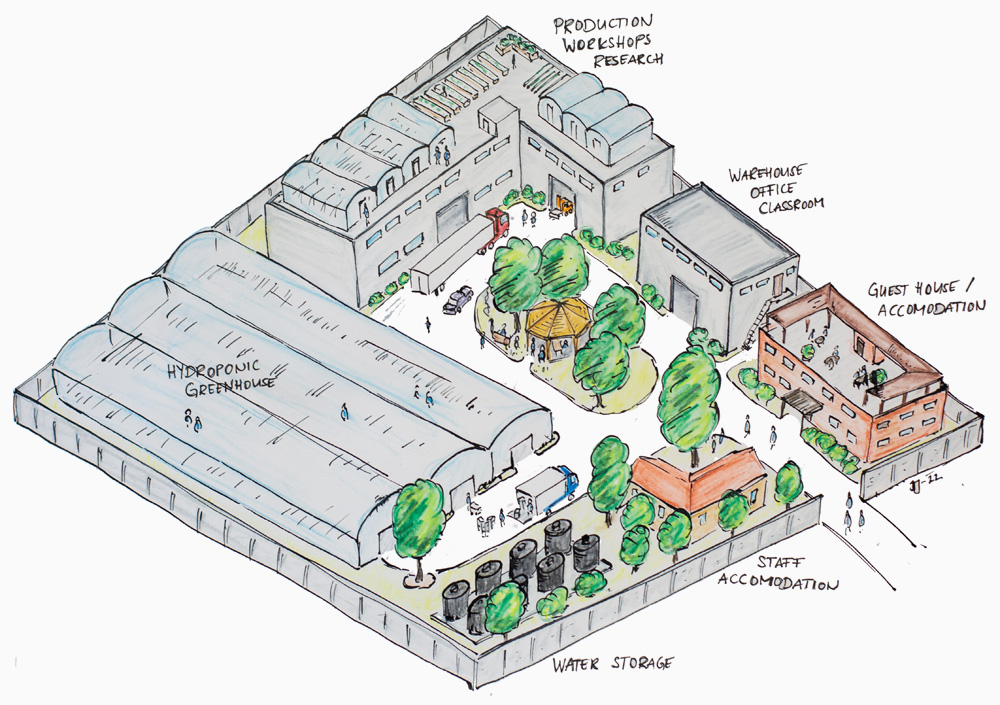
To achieve exponential growth, the knowledge and experience available at the Global Food Garden level has to be translated into a specific local context, into local training hubs, so that the knowledge about practical hands-on work can spread from there. We call these training hubs National Food Gardens. They combine innovative technologies, knowledge and experience from different areas of food systems. In addition to applied research, they train people in the various professions of food systems, adapted to the respective country. Plants, fertilisers, seeds, greenhouses and more are to be produced locally. An important aspect is entrepreneurship, aiming to lead the countries towards food independence, so that one day they will be able to supply enough food to their own country, and even export surplus production.

The National Food Gardens focus on training promising individuals, the agripreneurs that will operate the Local Food Gardens. They are the farmers, the ones actually producing the vegetables and thus the main pillars of the GFG concept. After an initial starting phase, when enough Local Food Gardens have been established in a region, they can start working together as a Regional Food Garden. Together they will be able to optimize the entire value chain of their produced goods and add new elements in a cooperative way, such as food processing, logistics and other solutions that will help them to become more sustainable and to reach more negotiation power.
The Global Food Garden will connect the different National Food Gardens, fostering the transfer of knowledge and experience, but also supporting them with new methods, business coaching, project coordination or other areas of expertise required.
Farming methods
How aquaponics and hydroponics work
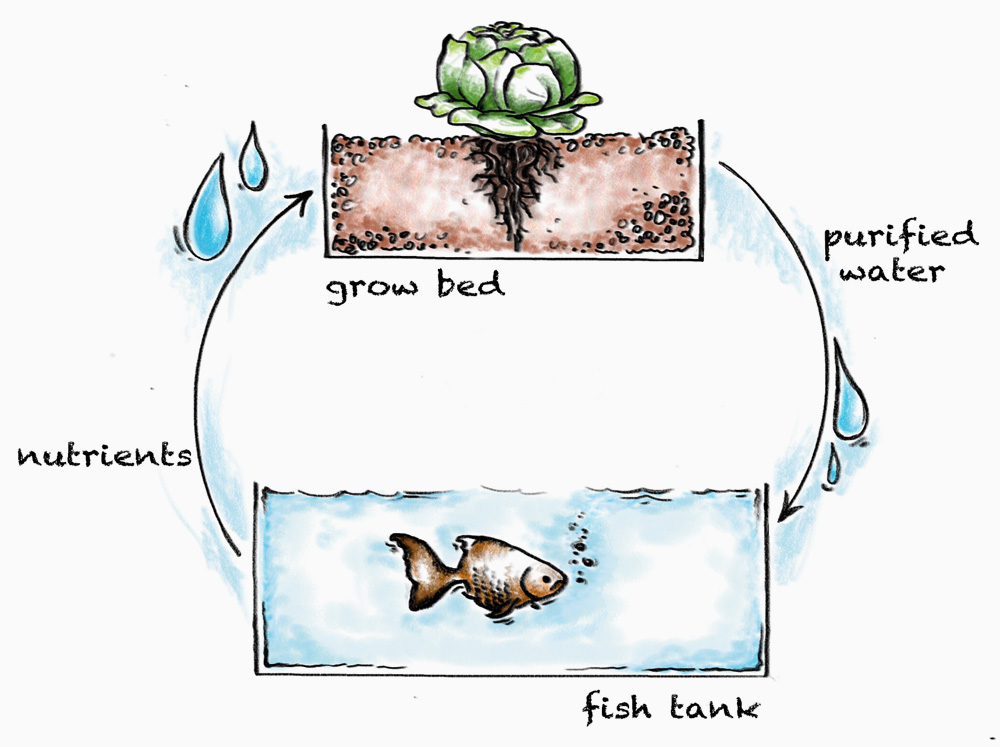
Aquaponics is a technology in which hydroponics and aquaculture are combined in the same recirculating water loop. Hydroponics refers to the cultivation of vegetables grown in water, with the addition of liquid fertiliser, while aquaculture refers to fish farming. Bacteria convert the fish exsudates into nutrients for the plants. By absorbing these nutrients, the plants in turn purify the water for the fish. This almost closed water system can save up to 90% of water compared to conventional agriculture. Vegetable cultivation is independent of the existing soil quality in the respective region. The end products of aquaponics are both vegetables and edible fish. This technology has been developed and tested by several Universities worldwide and proven to be a clever new farming approach especially for countries facing water shortage.
Wicking beds
Wicking beds are not purely hydroponic systems, but combine conventional vegetable cultivation in soil or gravel with a closed irrigation system. The vegetables are rooted in a mixture of soil and manure. The water circulates below this substrate layer and is transported upwards to the roots by capillary effect. Excess water runs back into a water tank, from where a pump transports it back into the bed.
In addition to the soil-manure mixture, nutrients can also be added to the irrigation water. This cultivation method can also be combined with aquaculture and is probably the most efficient water-saving method, as the water is never exposed to evaporation.
The simple structure of a wicking bed makes this a good solution for international co-operation projects. The systems can usually be built using locally available materials only, making it cost effective and adaptable to most local situations.
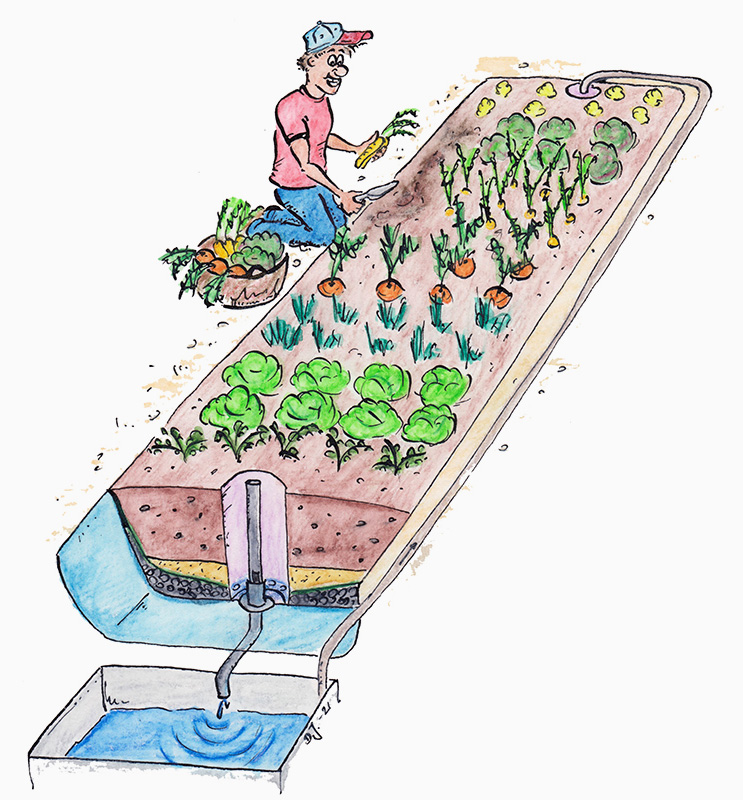
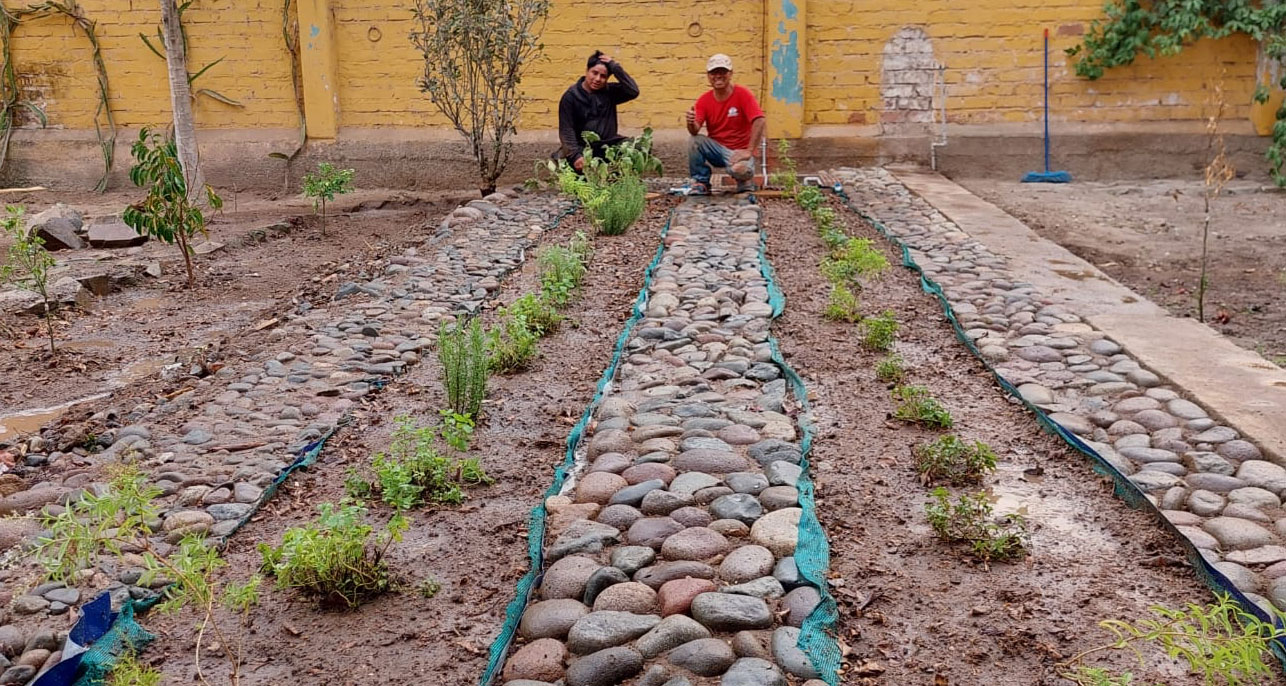
NFT (Nutrient Film Technology) and DFT (Deep Floating Technology)
In this type of cultivation, the plants are rooted in an inorganic substrate placed in pipes or water basins. With DFT, the root tips are constantly submerged in nutrient-rich water. With NFT, water flows through the system sporadically, wetting the substrate from time to time. A pump ensures regular water circulation. These systems achieve water savings of up to 80% compared to soil-based cultivation.
This cultivation method is also suitable for tall-growing plants such as tomatoes or cucumbers which require a lot of water and high nutrient concentrations.
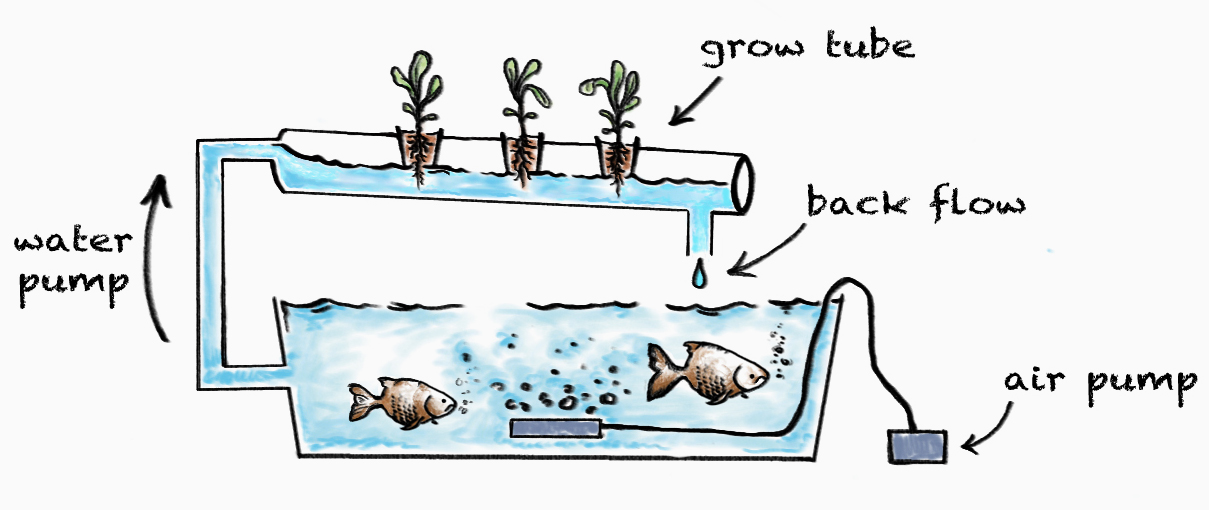
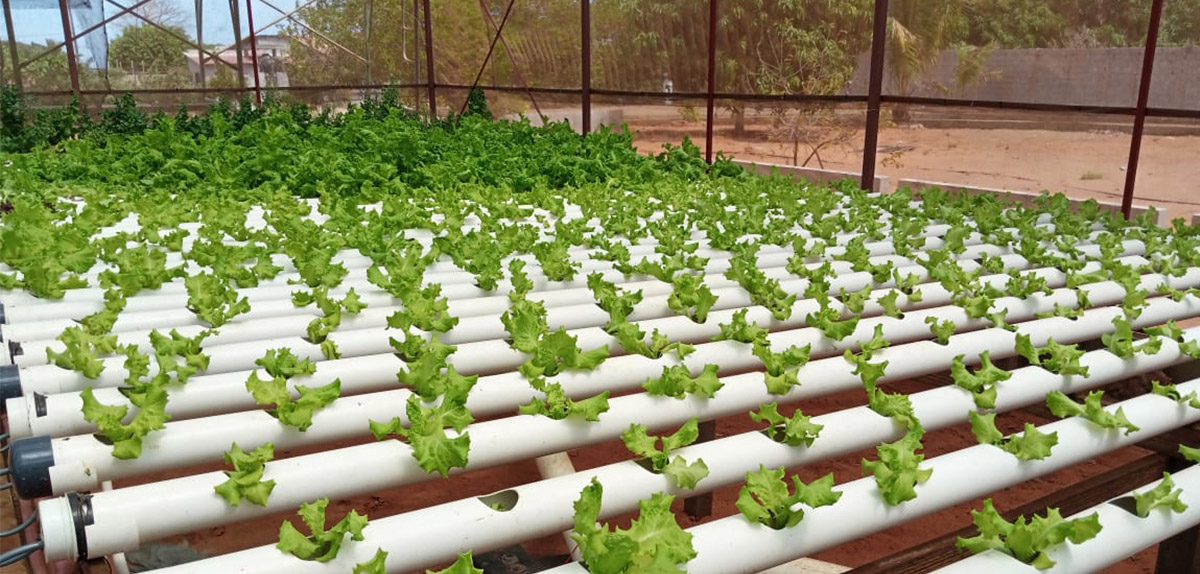
DWC (Deep Water Culture)
In DWC cultivation the plant roots are swimming in nutrient-rich and oxygenated water. A pump or aeration circulates the water within water basins which serve as planting area. In the planting area, the vegetables are planted either on floating rafts or in baskets filled with gravel or expanded clay. This cultivation method can be built very simple and can therefore be easily used by local farmers. The "Africa Food Garden Box" developed and supplied by the Global Food Garden provides the necessary technology to operate such a system with solar energy in a very small space.
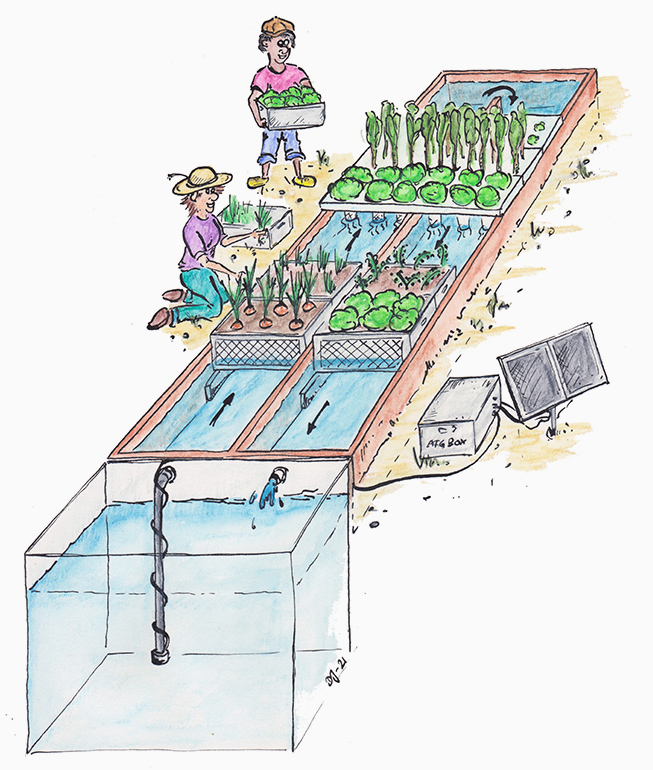
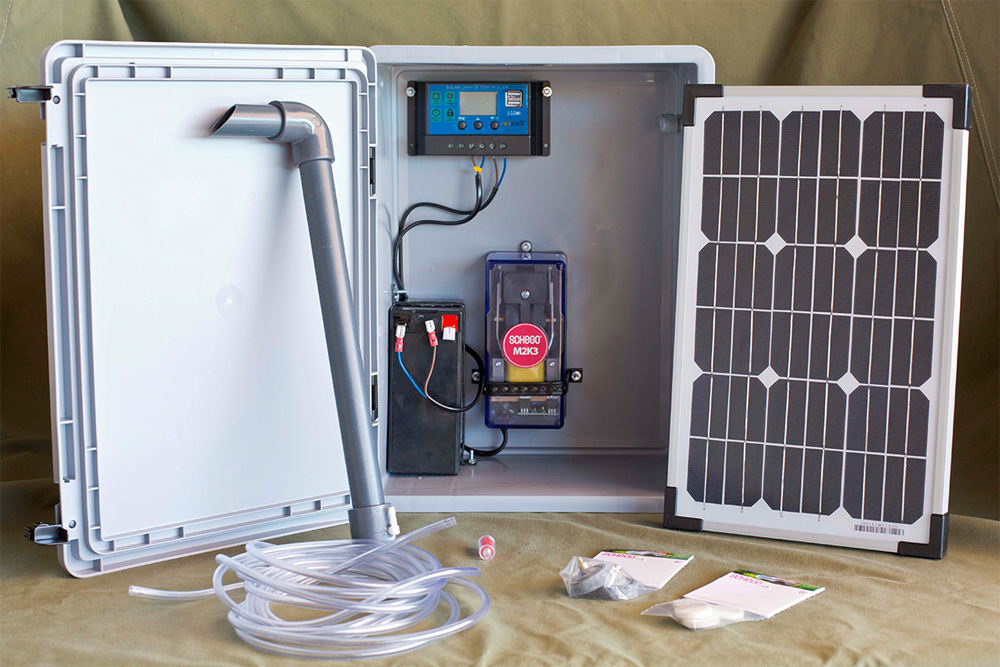
Aeroponics using A-Frames
The plants grow on almost vertical walls. The roots hang freely in the air inside the A-frame. At regular intervals, the roots are supplied with nutrient-rich water from a spray mist. This cultivation method allows to establish a large growing area on a small amount of space. It is suitable for vegetables growing in a compact shape, such as lettuce, cabbage, herbs, etc, often called "leafy greens".
This solution is technically more complex than other systems, as higher pump pressure and a reliable power supply are required. The much higher yield per square meter coupled with faster growth justifies this technology, especially in densely populated areas where such "urban farming" technologies can reach a fast pay-back on investment. Also, more food in shorter time is always welcome. Aeroponics can save up to 90% of water.
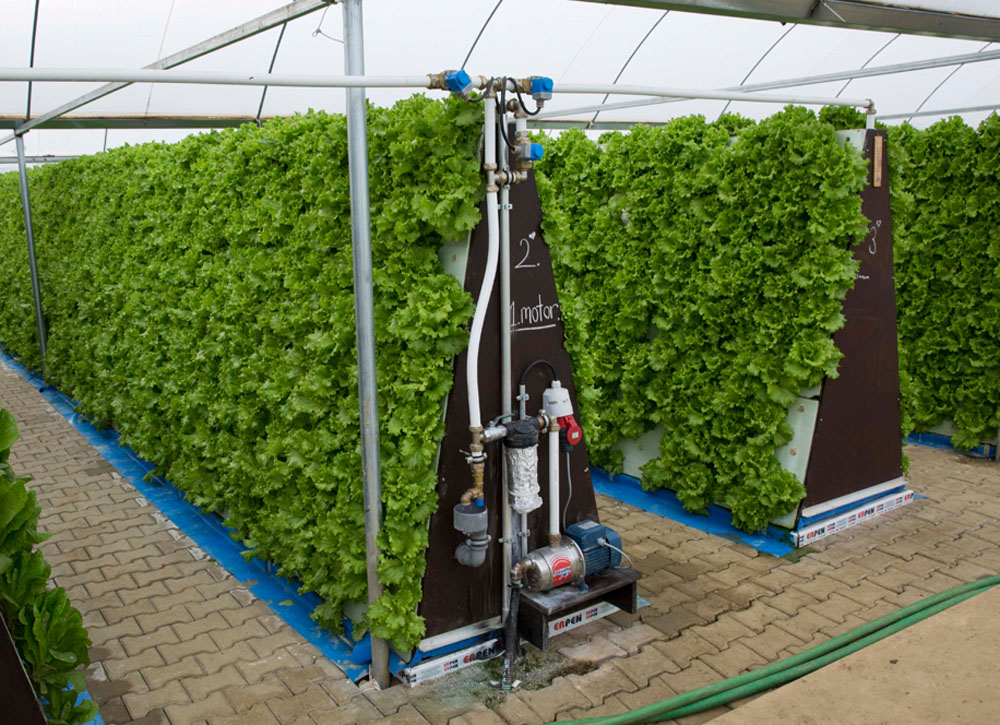
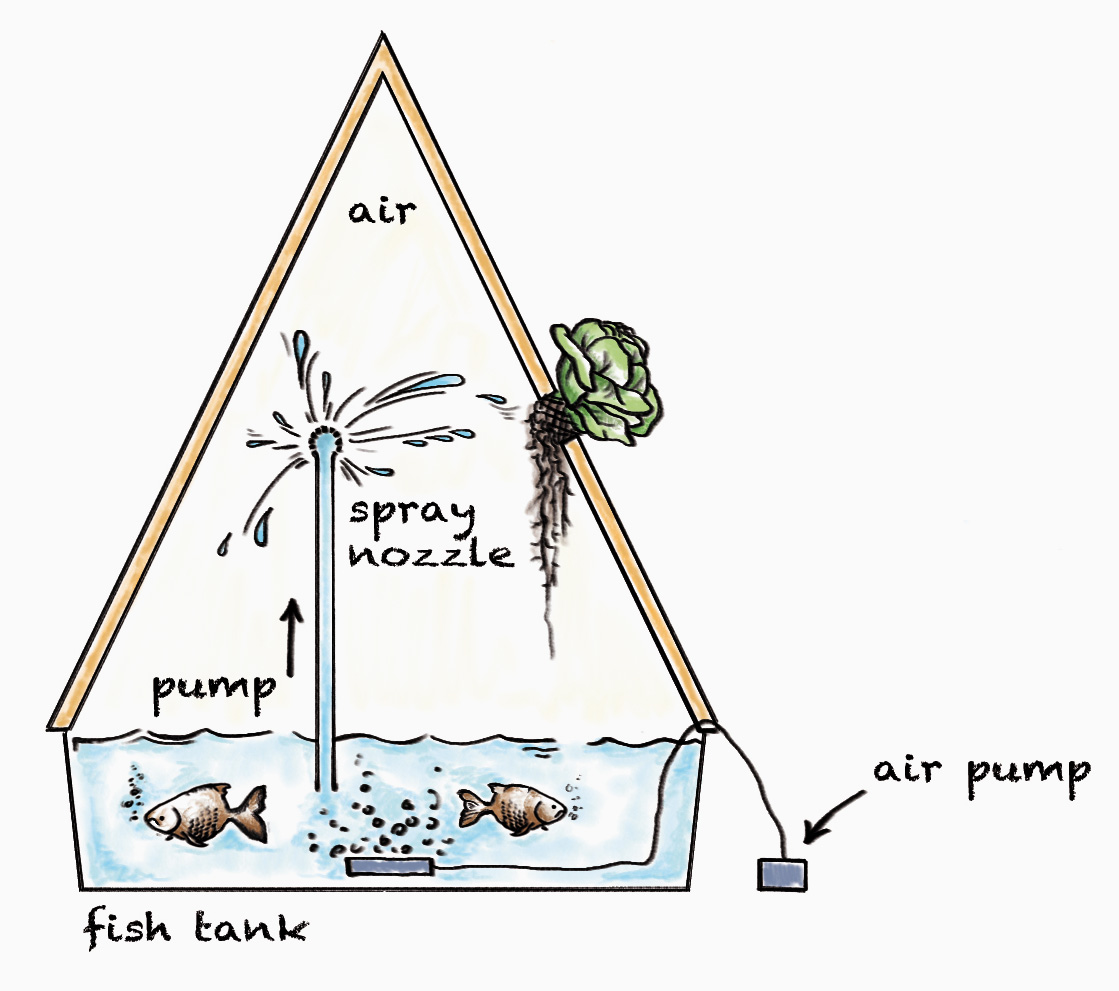
Entrepreneurship
All developed nations are built on robust business actors, which create jobs, supply the national population with goods and services and contribute to the national finances and growth of the GDP. The business sector is the engine of all developed countries.
By nature entrepreneurs see opportunities and create value to people and society while solving problems or filling gaps in the market. The multiplication effect of value created by entrepreneurship is fundamental in developing societies. Developed countries have embraced supporting entrepreneurial initiatives as a core strategy for growth and innovation. In developing countries such business support systems are not prioritized and hence generally, companies in developing countries have a higher challenge to compete in open markets. Our goal is to empower a resilient sustainable business sector: designed to scale up, strategy for longevity and ready for international partnerships.
Our partner Sustainable World Corporation (SWC) was founded by business people in Sweden who readily share their knowledge and experience with entrepreneurs in Africa. SWC has over 10 years of experience in training entrepreneurs, and starting and developing businesses in Africa.
Vocational training
Vocational training combines hands-on learning on real-life production with theory-based classes. The perfect combination to achieve high-quality production of manufacturing. Our partner [p3]-Werkstatt, based in Germany was founded on social entrepreneurship principles to generate profit from products out of wood, metal & electro in order to prepare refugees to enter vocational training and the high-skilled labor force in the area of craft in Germany. Ultimately redefining vocational training for people with migrant backgrounds by offering German classes which are goal-oriented and include technical language, as well as math and motivational courses. [p3]-Werkstatt has successfully trained people with low-educational backgrounds to enter the vocational training of Germany and ultimate the work force.
Network
Global Food Garden is working closely together with several other organizations with the same vision and goal. They have experience in different areas of food systems and support one another to maximize their impact.
Global Food Garden has also a network of specialists, who serve us on a voluntary base. They are specialists from the corporate world, retired people with a lot of experience and knowledge, but also young students who like to get involved. We can ask them for advice if a topic falls into their area of expertise.